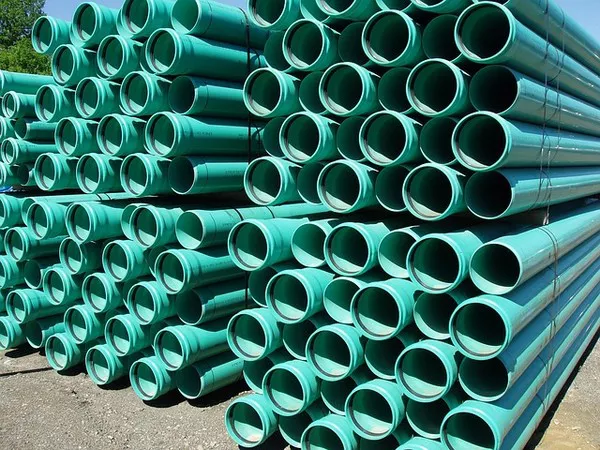Water is a precious resource that sustains life and fuels our daily activities. As communities grow and urbanization expands, efficient sewage treatment becomes paramount to ensure the preservation of water quality and the protection of the environment. Once wastewater undergoes thorough treatment processes to remove pollutants and contaminants, it embarks on a journey that ultimately dictates its fate in the larger water cycle. This article delves into the intricate post-sewage treatment process, shedding light on what happens to water after it has been treated.
The Aftermath of Sewage Treatment: A Closer Look
Sewage treatment facilities play a crucial role in safeguarding public health and environmental integrity. These facilities employ a combination of physical, chemical, and biological processes to remove harmful substances from wastewater, transforming it from a potential health hazard to a resource that can be safely returned to the environment.
Effluent Discharge and Water Reuse
After undergoing a series of treatment steps, the now-treated water, known as effluent, is released into local water bodies, such as rivers, lakes, or oceans. This discharge is carefully regulated and monitored to ensure that the effluent meets stringent water quality standards set by environmental agencies. The treated water is subject to thorough analysis to confirm that it poses no harm to aquatic life or human health. Striking the delicate balance between environmental protection and resource management is a critical aspect of sewage treatment’s final phase.
In recent years, the concept of water reuse has gained traction as a sustainable solution to address growing water scarcity challenges. Treated water can be further treated to meet specific standards and repurposed for non-potable applications, such as landscape irrigation, industrial processes, or even replenishing groundwater. This practice not only reduces the strain on freshwater sources but also minimizes the environmental impact of effluent discharge.
Nutrient Management and Environmental Impact
While sewage treatment significantly reduces the levels of harmful pollutants, it can lead to an increase in nutrient concentrations, particularly nitrogen and phosphorus, in the treated water. Excessive nutrient discharge into water bodies can trigger harmful algal blooms and negatively impact aquatic ecosystems through a process known as eutrophication. To mitigate this, advanced treatment methods, such as nutrient removal technologies, are employed to further reduce nutrient content in the effluent before discharge.
Natural Purification Processes
Once the treated water is released into water bodies, it undergoes a series of natural purification processes as it interacts with the environment. These processes, including dilution, sedimentation, and microbial degradation, contribute to further reducing any remaining contaminants in the effluent. Aquatic organisms, such as bacteria and algae, play a vital role in breaking down organic matter and nutrients, enhancing the quality of the discharged water over time.
Groundwater Recharge and Aquifer Storage
In some regions, treated wastewater is intentionally directed into the ground to recharge aquifers, which are natural underground reservoirs that store water. This practice helps replenish depleted groundwater sources and provides an additional layer of treatment as the water percolates through the soil, undergoing natural filtration and purification processes. The recharged aquifers can serve as a buffer against droughts and contribute to sustaining water availability in the long term.
Challenges and Future Outlook
Despite the significant strides made in sewage treatment, challenges persist in ensuring the safe and sustainable management of treated water. Emerging contaminants, such as pharmaceuticals and microplastics, pose new concerns that demand innovative treatment approaches to safeguard water quality. Additionally, climate change and population growth add complexity to water management, requiring proactive strategies to address changing precipitation patterns and increased demand.
The future of post-sewage treatment holds promise as advancements in technology and scientific understanding drive continuous improvements. Research into efficient nutrient removal techniques, as well as the optimization of water reuse processes, will be pivotal in shaping the next phase of sewage treatment evolution. Collaborative efforts between environmental agencies, researchers, and communities are essential to navigate the challenges ahead and secure a resilient and sustainable water future.
In conclusion
the journey of water after sewage treatment is a testament to human ingenuity and the quest for environmental stewardship. From the careful release of treated effluent to the potential for water reuse and natural purification processes, each step plays a vital role in ensuring the responsible management of this invaluable resource. As societies embrace a more sustainable approach to water management, the post-sewage treatment process remains a cornerstone in safeguarding water quality, protecting ecosystems, and upholding the well-being of current and future generations.

